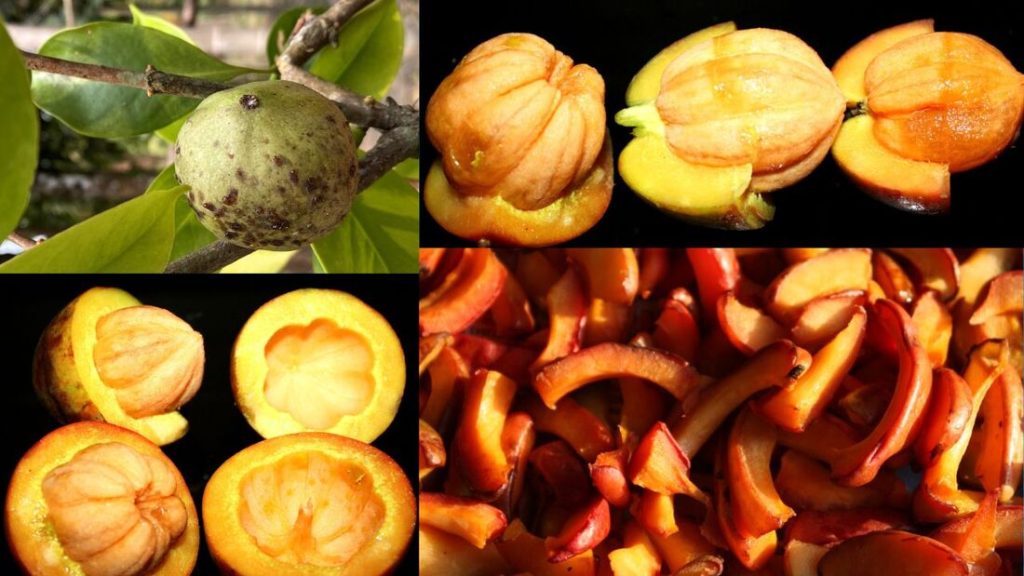Context
A new tree species belonging to the genus Garcinia has been discovered in Assam. The species, named Garcinia kusumae, was recently described in a peer-reviewed journal that focuses on botanical taxonomy and plant geography. This discovery contributes to India’s rich plant diversity and highlights the importance of systematic botanical surveys in documenting lesser-known flora of the Northeast region.
About the tree species:
Garcinia kusumae was found in Bamunbari, a location in Baksa district of Assam. The discovery happened during a survey of Garcinia species aimed at updating the regional records.
· The genus Garcinia is already known for its ecological and medicinal importance, with many species valued for their fruits and pharmacological properties.
· Garcinia is the largest genus in the family Clusiaceae and comprises around 414 known species of shrubs and trees. These species are distributed across tropical regions worldwide. Major centres of diversity are located in Africa, Australasia, and Southeast Asia.
· The genus is especially common in lowland tropical rainforests, where it contributes to forest ecology and is sometimes used for traditional medicine.
· In India, botanists have documented 33 species and seven varieties of Garcinia. Assam alone accounts for 12 species and three varieties. The newly described Garcinia kusumae further adds to this diversity, underlining the Northeast’s importance as a biodiversity hotspot.

Discovery and Documentation:
- The specimen was discovered in April during a field survey. It is locally called “thoikora” in Assamese. Researchers noticed its distinct morphological characteristics, which were different from other known species. After careful comparison with existing records, the tree was determined to be a new-to-science species.
- Specimens were collected following standard herbarium methods. This involved pressing, drying, and preserving the plant material to serve as reference samples for future studies. The species description was prepared in detail to meet the scientific standards for publication in international journals.
- Garcinia kusumae is a dioecious evergreen tree, meaning individual trees bear either male or female flowers. It can grow up to 18 metres tall. The flowering season occurs between February and April, while the fruits mature from May to June.
The discovery of Garcinia kusumae showcases the significance of ongoing botanical surveys and taxonomic research in India. As biodiversity faces increasing threats from habitat loss, climate change, and human activities, documenting new species is essential for conservation planning and understanding ecological relationships.
Such findings also draw attention to the Northeast region as a critical area for future exploration. Continued investment in taxonomy, field surveys, and biodiversity assessment will not only enrich scientific knowledge but also support India’s commitments to protecting its natural heritage.






